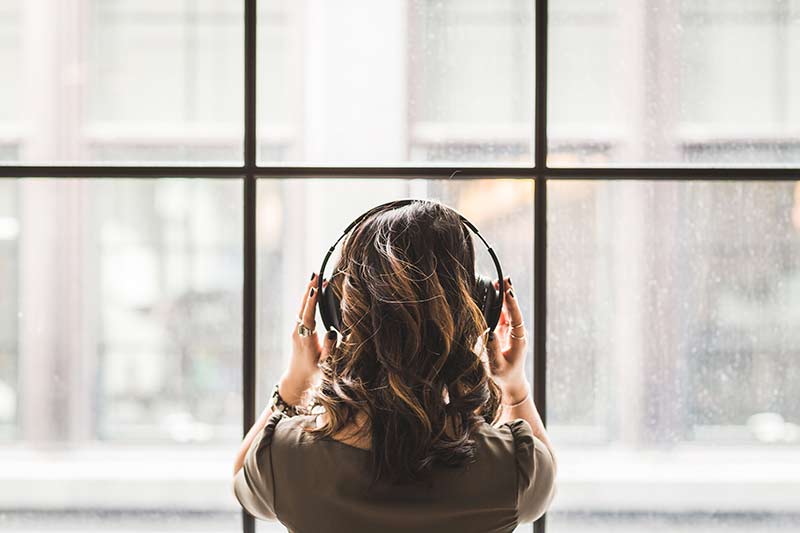
Introduction
Sound is a flexible, lightweight medium that is already embedded in the consumer habits of many people of all ages, sexes, generations and origins
Read more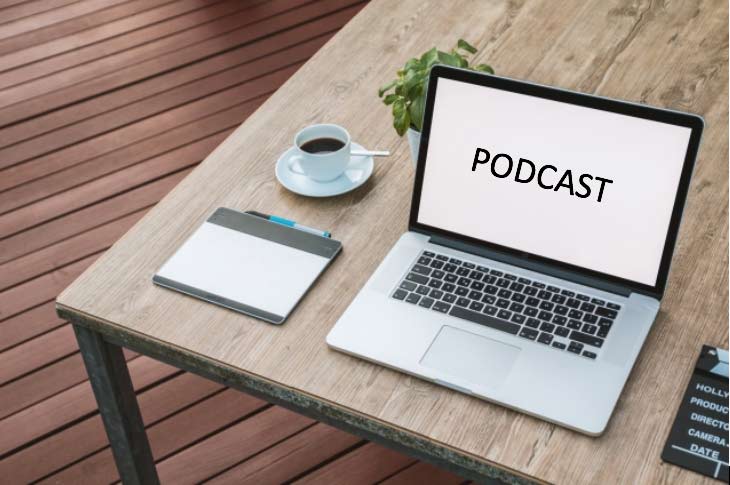
Identifying a topic
When making a podcast, it is important to identify the general idea, decide who will participate, and what sounds should be recorded to complement the main plot.
Read more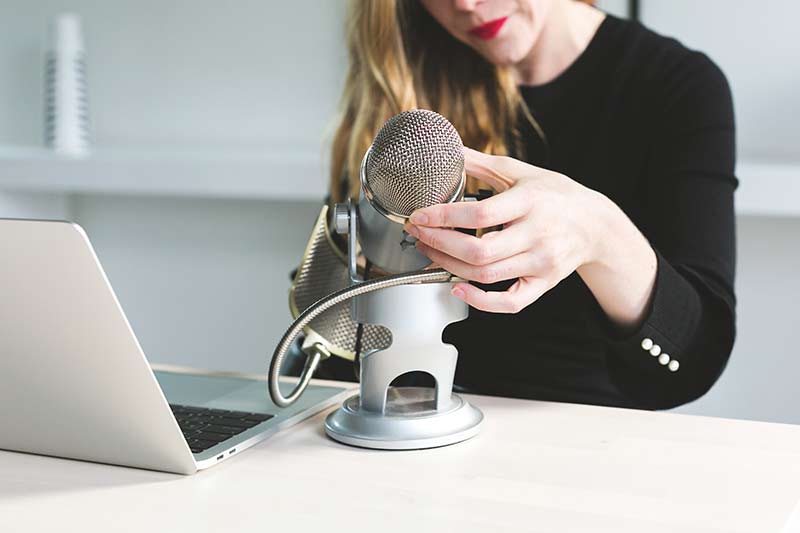
Basic equipment for creating a podcast
In terms of basic equipment, the researcher or producer will need a device that allows sound recording.
Read more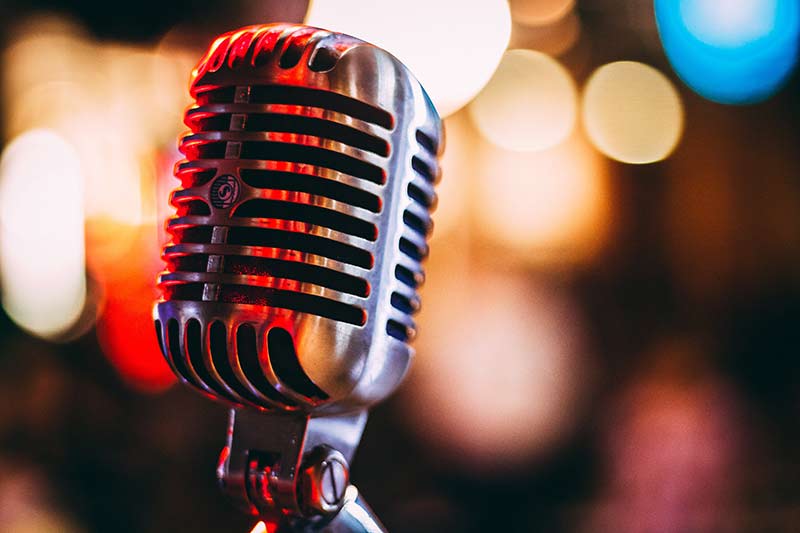
Producing a podcast
During the audio recording, the producer or researcher can introduce themselves and give a brief introduction to the topic covered in the podcast.
Read more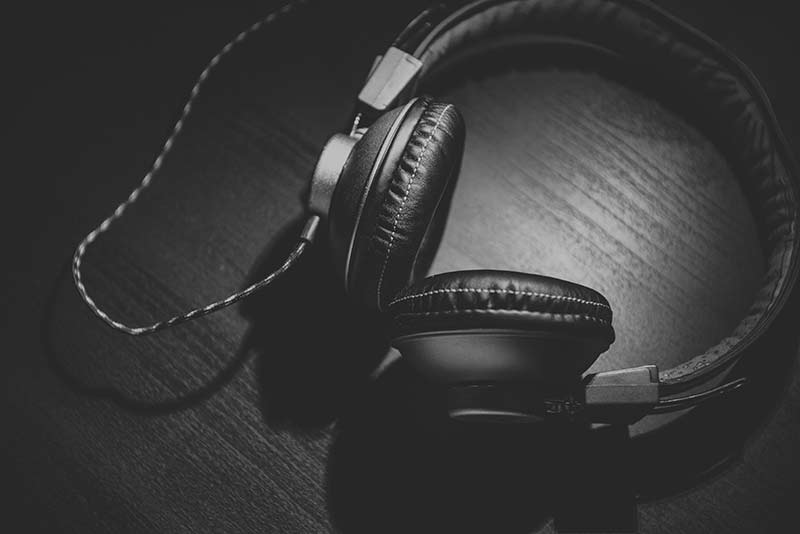
Broadcasting and sharing the podcast
To facilitate distribution and sharing, you have to choose a site that will host the podcast.
Read more